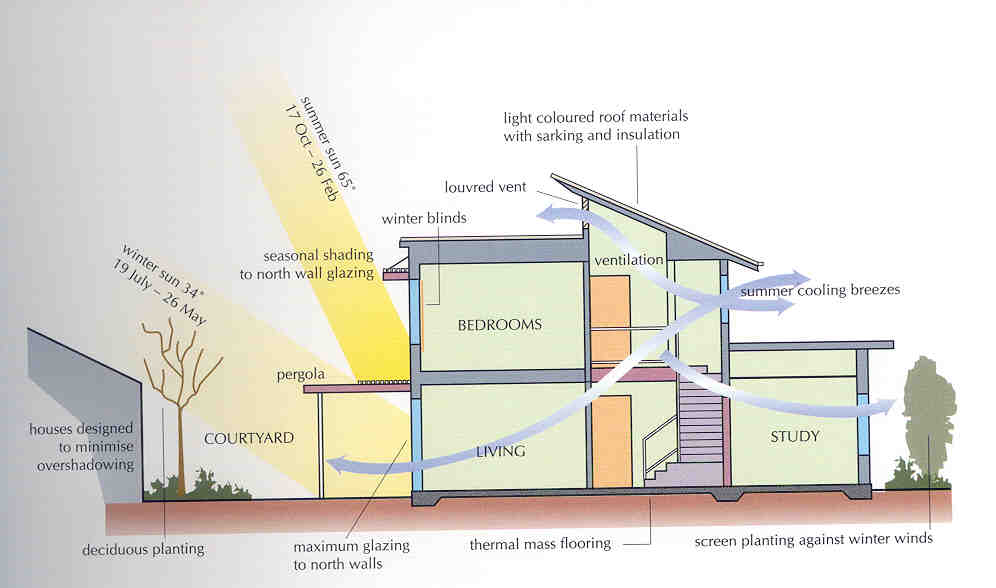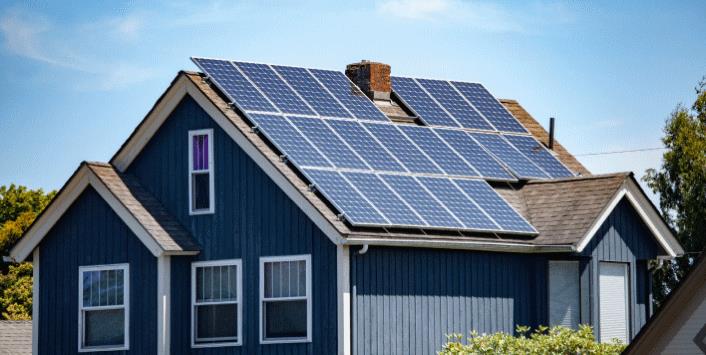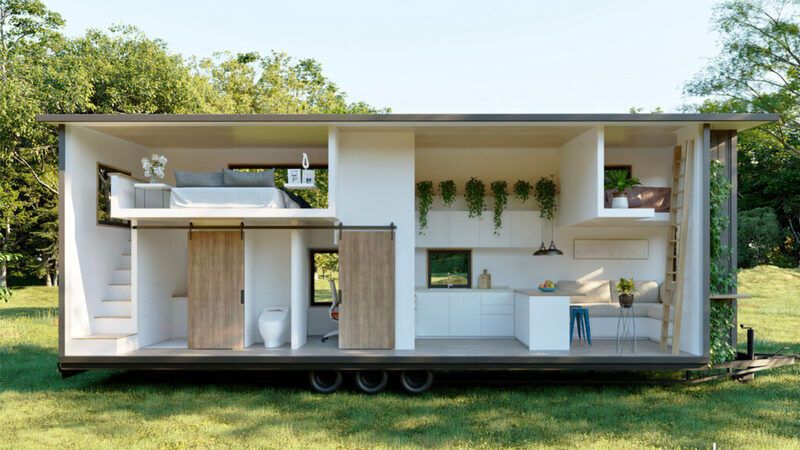
Welcome to 'Mastering Energy Conservation: A Comprehensive Guide.' This article serves as a valuable resource for individuals seeking to optimize energy usage and reduce their environmental impact.
With a focus on technical expertise, concise information, and practical tips, this guide offers a step-by-step approach to energy conservation.
From conducting energy audits to implementing energy-efficient appliances and lighting solutions, readers will gain the knowledge and tools necessary to make informed decisions and achieve greater energy efficiency.
Join us on this journey towards a sustainable future.
Conduct an Energy Audit
To effectively manage energy consumption, it is essential to conduct an energy audit. An energy audit is a systematic evaluation of energy usage in a particular space or facility. It involves analyzing energy consumption patterns, identifying areas of inefficiency, and recommending energy-saving measures.
Conducting an energy audit allows individuals and organizations to gain a comprehensive understanding of their energy consumption and make informed decisions on reducing it. Energy audits typically involve a thorough examination of energy-consuming systems, such as HVAC, lighting, and appliances, to identify potential areas for improvement.
Seal Windows and Doors
The importance of properly sealing windows and doors cannot be overstated in the context of energy conservation. Weatherstripping and caulk application are two effective methods to ensure a tight seal and prevent air leakage, which can lead to energy loss and increased utility bills.

Weatherstripping involves applying a strip of material, such as vinyl or foam, along the edges of windows and doors to create a barrier against drafts. It is important to choose the right type of weatherstripping for each specific application to ensure maximum effectiveness.
Caulk application involves sealing any gaps or cracks around windows and doors with a waterproof sealant. This prevents air infiltration and helps maintain a comfortable indoor temperature.
Regular inspection and maintenance of weatherstripping and caulk are necessary to ensure their continued effectiveness in energy conservation efforts.
Insulate Your Home
Proper insulation of your home is crucial for maximizing energy conservation efforts. Energy efficient insulation plays a vital role in reducing heat transfer between the interior and exterior of your house, helping maintain a comfortable indoor temperature while minimizing the need for heating or cooling systems.
By insulating your home effectively, you can create a thermal barrier that prevents heat loss during the winter and heat gain during the summer. This translates into significant energy savings and reduced utility bills.
Additionally, proper insulation improves the overall comfort of your living space by reducing drafts, cold spots, and noise transmission. It also enhances the durability and lifespan of your home by minimizing moisture infiltration and condensation.
Install Energy-Efficient Appliances
Installing energy-efficient appliances is another crucial step towards maximizing energy conservation efforts and reducing utility costs. By choosing appliances that are designed to consume less electricity, individuals can significantly reduce their energy consumption and contribute to a more sustainable environment.

Here are some energy-saving tips to consider when selecting and using energy-efficient appliances:
- Look for appliances with the ENERGY STAR label, as they meet strict energy efficiency guidelines.
- Opt for appliances with advanced features such as automatic shut-off or energy-saving modes.
- Consider appliances with high energy efficiency ratings, indicated by the EnergyGuide label.
- Utilize smart appliances that can be controlled remotely and programmed to operate during off-peak hours.
Use LED Bulbs
LED bulbs are an essential element in the quest for energy conservation and cost reduction. When it comes to lighting solutions, LED bulbs offer numerous advantages over traditional incandescent or fluorescent bulbs.
LED bulbs are highly energy-efficient, consuming up to 80% less energy than incandescent bulbs. This means significant savings on electricity bills and reduced environmental impact.
Additionally, LED bulbs have a long lifespan, typically lasting up to 25 times longer than incandescent bulbs. This not only reduces the frequency of bulb replacements but also eliminates the disposal of hazardous waste.
LED bulbs are available in a variety of colors and brightness levels, providing flexibility in creating desired lighting effects.
Incorporating LED bulbs into your energy-saving tips is a practical and effective way to conserve energy and reduce costs.
Frequently Asked Questions
Are There Any Government Incentives or Tax Credits Available for Implementing Energy Conservation Measures in My Home?
Yes, there are government incentives and tax credits available for implementing energy conservation measures in homes. These incentives and credits aim to promote energy efficiency and reduce carbon emissions.

How Can I Reduce Energy Consumption in My Home During the Summer Months?
To reduce energy consumption during summer months, consider using smart home technology to automate temperature control, optimize lighting, and manage appliances. Additionally, landscaping for energy efficiency by planting shade trees and using outdoor shading devices can help decrease cooling needs.
Are There Any Recommended Energy-Saving Habits That Can Be Easily Incorporated Into Daily Routines?
Incorporating recommended energy-saving habits into daily routines can significantly reduce energy consumption. This is beneficial for both businesses and the environment, as it helps conserve resources and reduce carbon emissions.
What Are Some Common Mistakes to Avoid When Trying to Conserve Energy in the Home?
When trying to conserve energy in the home, it is important to be aware of common mistakes that can hinder your efforts. By understanding these mistakes and implementing tips for success, you can optimize your energy conservation strategies.
How Can I Assess the Energy Efficiency of My Current Heating and Cooling Systems, and What Are Some Options for Upgrading to More Efficient Models?
Assessing the energy efficiency of your heating and cooling systems involves evaluating their performance, insulation, and maintenance. Upgrading options include investing in ENERGY STAR certified models, improving insulation, and utilizing programmable thermostats for better control and optimization.
 Family Craft ProjectsHome ImprovementCooking and BakingReuse and RecycleDIY GiftsEco-Friendly ProjectsDIY Home SolutionsSeasonal ActivitiesFun and GamesLearn TogetherPrivacy PolicyTerms And Conditions
Family Craft ProjectsHome ImprovementCooking and BakingReuse and RecycleDIY GiftsEco-Friendly ProjectsDIY Home SolutionsSeasonal ActivitiesFun and GamesLearn TogetherPrivacy PolicyTerms And Conditions
